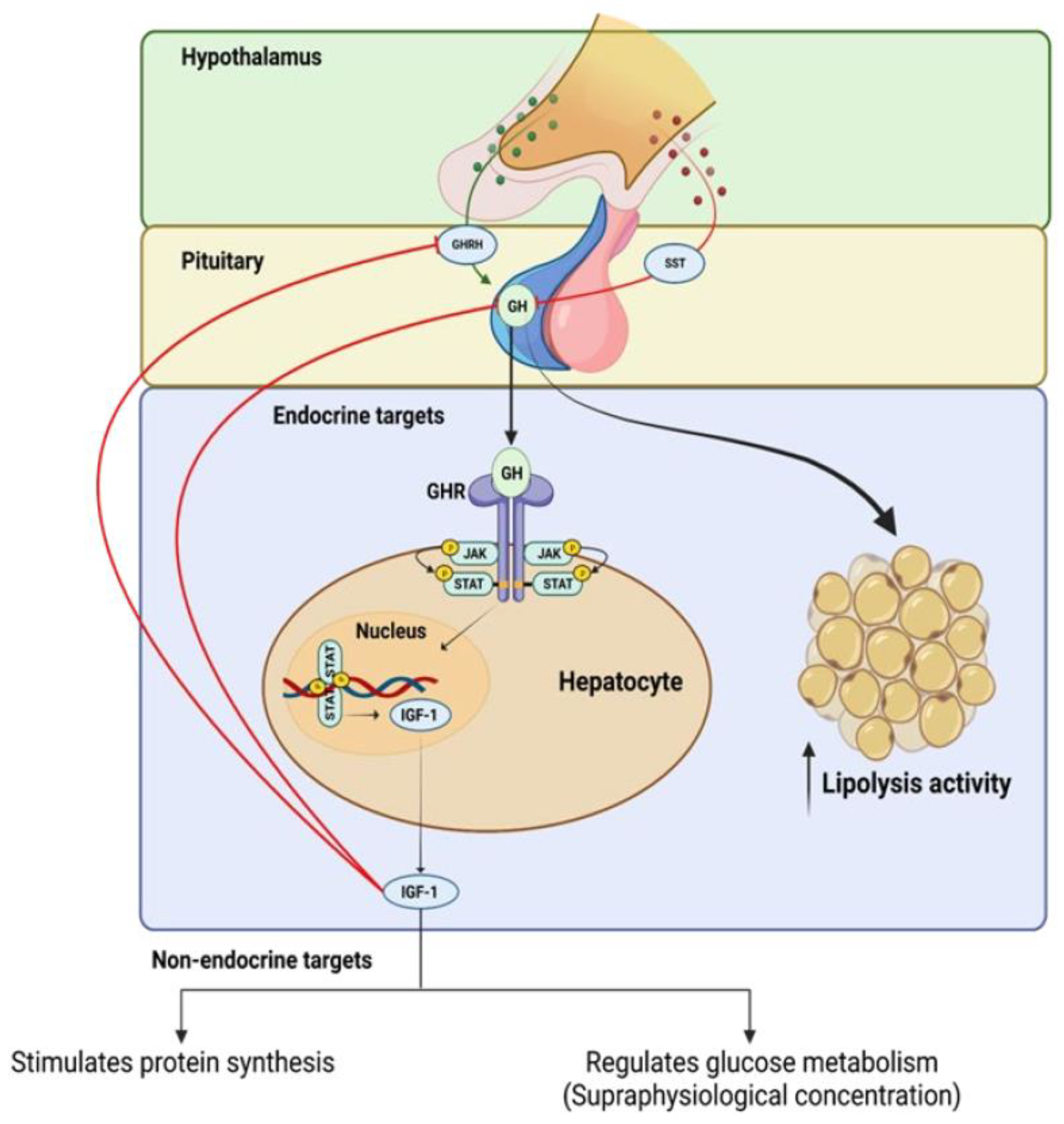Mod GRF (1-29), also known as CJC-1295 without DAC (Drug Affinity Complex), is a synthetic peptide that has garnered significant interest in the fields of endocrinology, sports performance, and anti-aging interventions. This peptide, with its unique amino acid sequence and ability to modulate growth hormone levels, holds promise for various applications. In this article, we will explore the science behind mod grf 1-29, its mechanisms of action, potential benefits, and considerations for its use.

Understanding Mod GRF (1-29)
Mod GRF (1-29) is a modified form of Growth Hormone Releasing Hormone (GHRH), a naturally occurring peptide that stimulates the production and release of growth hormone (GH) from the pituitary gland. The "1-29" designation refers to the specific amino acid sequence of Mod GRF (1-29), which includes the first 29 amino acids of the GHRH molecule. This modification enhances the peptide's stability and bioavailability, prolonging its activity in the body.
Mechanisms of Action
The primary mechanism of action of Mod GRF (1-29) revolves around its interaction with GHRH receptors on pituitary cells. When administered, Mod GRF (1-29) binds to these receptors, triggering a signaling cascade that leads to the secretion of growth hormone into the bloodstream. Unlike some other peptides, Mod GRF (1-29) does not have a Drug Affinity Complex (DAC), which means it has a shorter duration of action but can be administered more frequently without desensitizing the receptors.
Potential Benefits of Mod GRF (1-29)
Muscle Growth and Recovery: Increased levels of growth hormone can support muscle growth, repair, and recovery after exercise or injury. Athletes and fitness enthusiasts may benefit from enhanced muscle strength, endurance, and performance.
Fat Loss: Growth hormone plays a role in metabolism and fat metabolism. Mod GRF (1-29) may aid in promoting fat loss, improving body composition, and reducing visceral fat accumulation.
Anti-Aging Effects: Growth hormone is associated with youthful vitality, including improved skin quality, increased bone density, and cognitive function. Mod GRF (1-29) may contribute to anti-aging benefits by supporting these physiological processes.
Endocrine Health: Mod GRF (1-29) can help regulate growth hormone levels, which are essential for overall endocrine health, hormonal balance, and metabolic function.
Considerations and Precautions
While Mod GRF (1-29) shows promise, there are several considerations and precautions to keep in mind:
Dosage and Administration: The optimal dosage and administration frequency of Mod GRF (1-29) can vary based on individual factors such as age, weight, and desired outcomes. It is essential to consult with a healthcare provider or qualified professional for personalized guidance.
Monitoring and Side Effects: Regular monitoring of growth hormone levels and potential side effects is crucial when using Mod GRF (1-29). Side effects may include transient increases in cortisol, water retention, or numbness at injection sites.
Legal and Ethical Considerations: The use of Mod GRF (1-29) for non-medical purposes, such as sports performance enhancement, may raise legal and ethical concerns. It is important to comply with applicable regulations and guidelines regarding peptide use.
Combination with Other Peptides: Mod GRF (1-29) is often used in combination with Growth Hormone Releasing Peptides (GHRPs) like GHRP-6 or GHRP-2 to synergistically enhance growth hormone release. However, the safety and efficacy of peptide combinations should be carefully evaluated.
Conclusion
Mod GRF (1-29) represents a cutting-edge approach to growth hormone regulation, offering potential benefits for muscle growth, fat loss, anti-aging interventions, and overall endocrine health. While its use requires careful consideration of dosage, monitoring, and potential side effects, Mod GRF (1-29) remains a subject of ongoing research and interest in various fields. As scientific understanding advances, Mod GRF (1-29) may continue to unlock new possibilities for optimizing human health, performance, and well-being.
 icons at the top right corner of the subsection.
icons at the top right corner of the subsection.